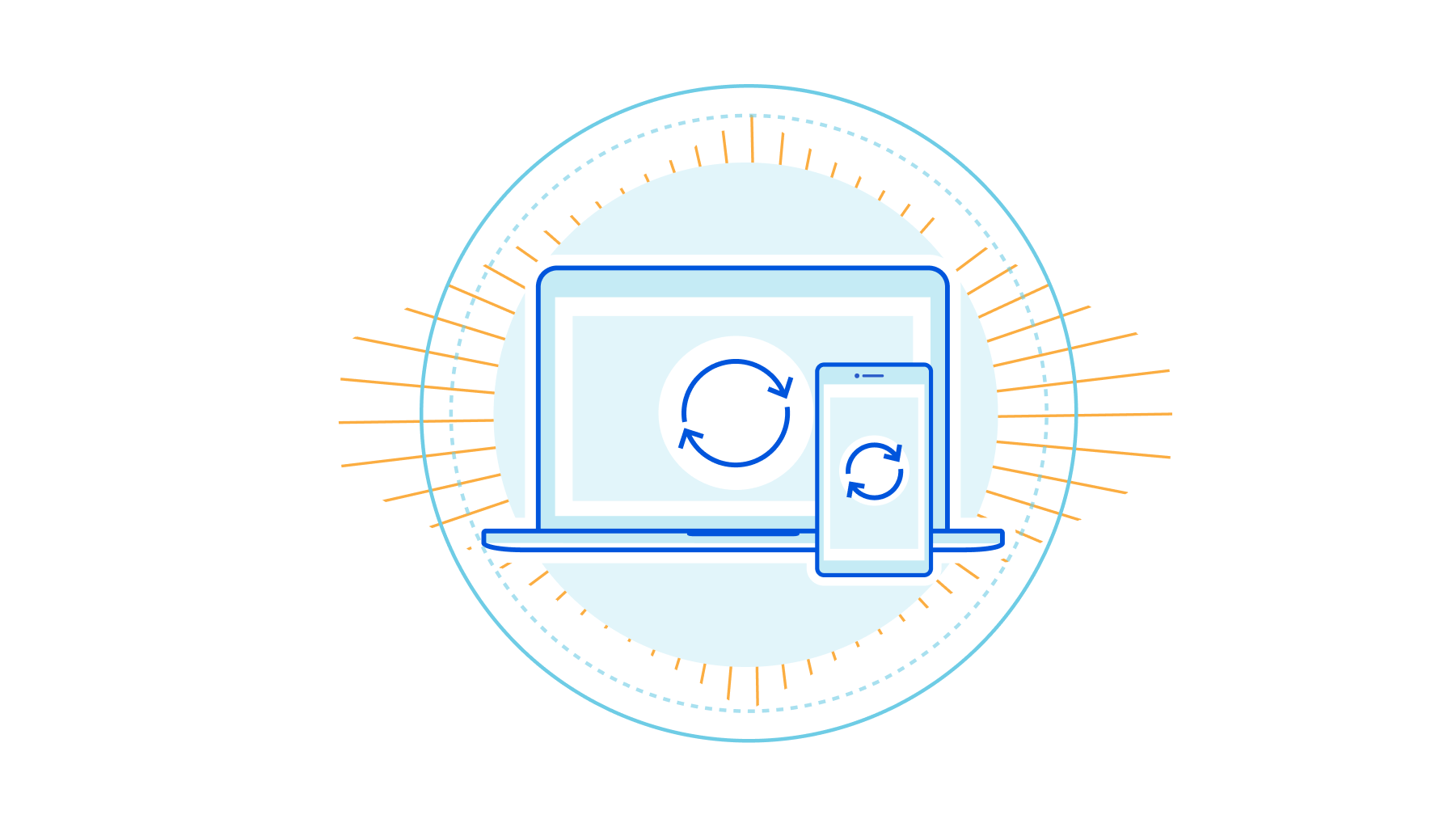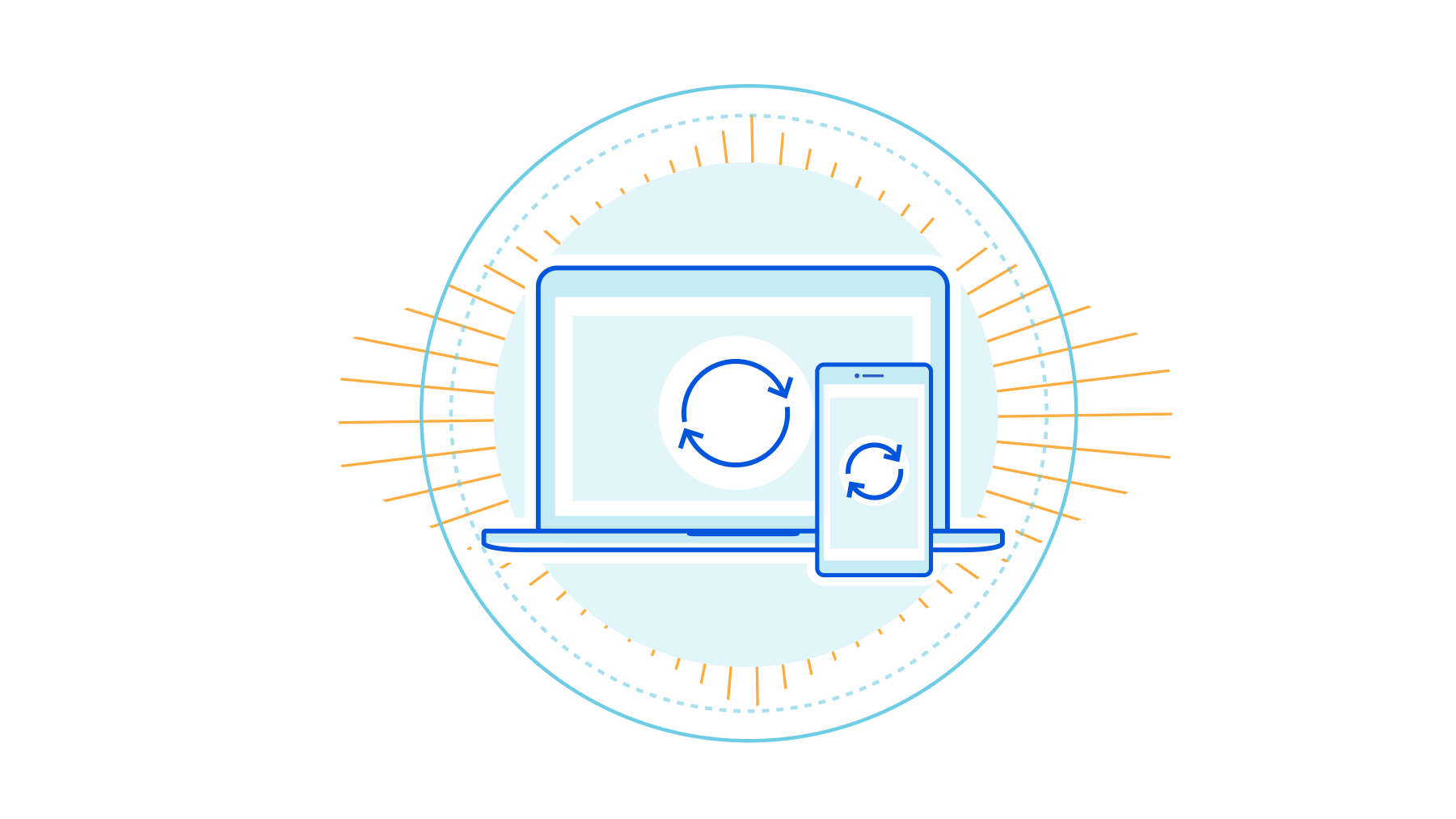Technology Short Take 149
Welcome to Technology Short Take #149! I’ll have one more Technology Short Take in 2021, scheduled for three weeks from now (on the last day of the year!). For now, though, I have a small collection of articles and links for your reading pleasure—not as many as I usually include in a Technology Short Take, but better than nothing at all (I hope!). Enjoy!
Networking
- Thomas Graf recently shared how eBPF will eliminate sidecars in service mesh architectures (he also announces the Cilium Service Mesh beta in the same post). I have many thoughts here—but I will reserve those thoughts until I’ve had time to do a bit more reading and research.
- Ivan tackles the topic of CI/CD and testing in network automation.
Security
- Dan Lorenc dives deep into Fulcio.
- From the Not Surprised Department, some folks are starting to take a harder look at the timelines for security patches for older versions of macOS compared to newer versions. Ars Technica has a write-up on what’s been observed so far.
- Rory McCune of Aqua shares some new security-related features in the Kubernetes 1.23 release.
Cloud Computing/Cloud Management
- I shared this via Twitter as well, but this is Continue reading













